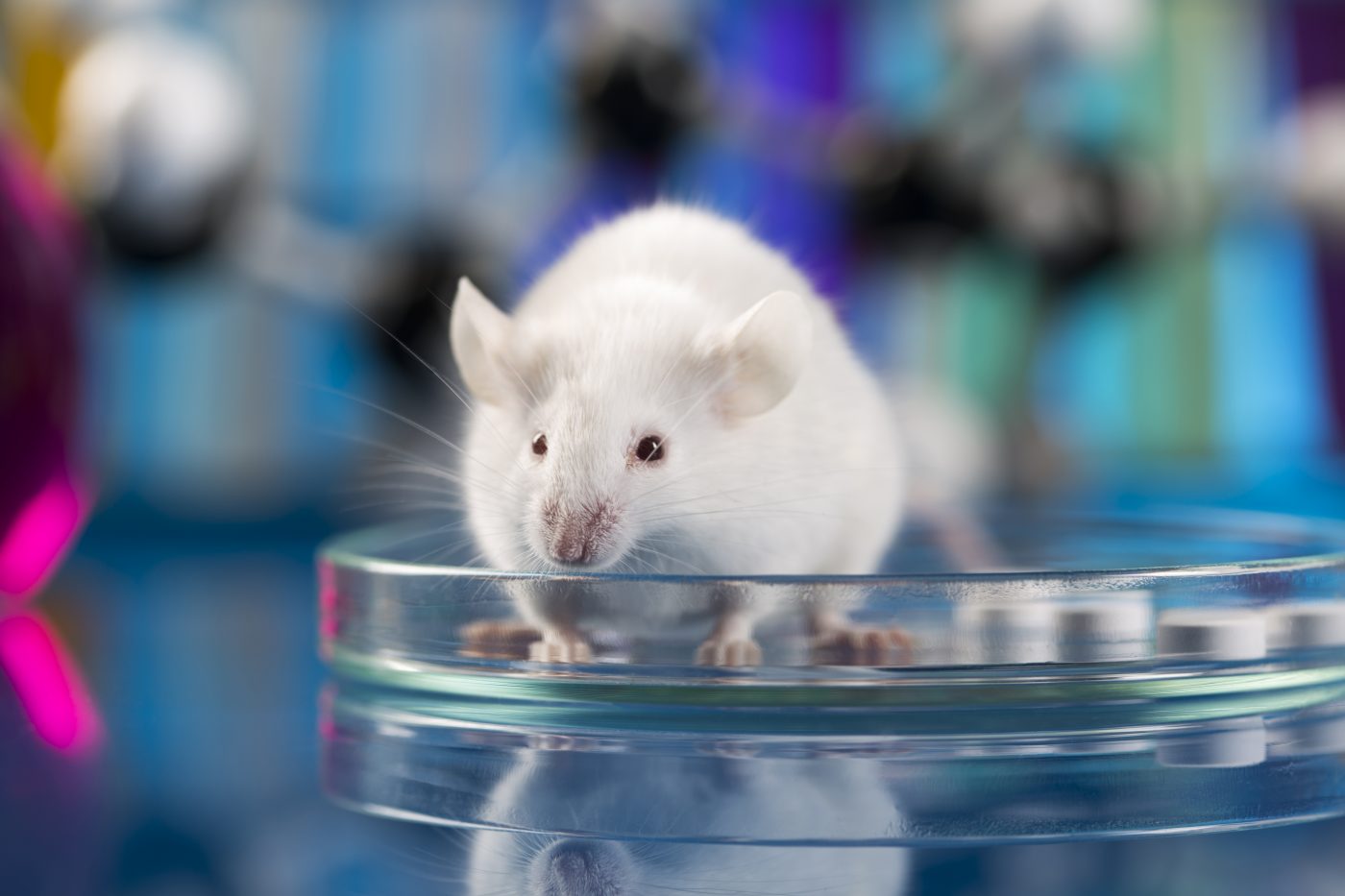Radiotracer May Allow for PF Diagnosis, Monitoring via PET Scans
Written by |

A radioactive molecule that can be seen on positron emission tomography (PET) scans may offer a non-invasive way to identify and monitor pulmonary fibrosis (PF), a study in mice reported.
Further development of this radiotracer — which binds to activated fibroblasts in the lungs — could support its use as a diagnosing and monitoring tool for PF and other similar lung conditions in people, its investigators noted.
The study abstract, “Targeting Activated Fibroblasts for non-invasive detection of Lung Fibrosis,” was published in the Journal of Nuclear Medicine, and the research presented at the recent 2021 Society of Nuclear Medicine and Molecular Imaging (SNMMI) Annual Meeting.
Fibroblasts, the most common connective tissue cell, play a critical role in immune responses to tissue injury. These cells produce the protein collagen, and generate the extracellular matrix — the network of proteins and other molecules that provide structural and biochemical support to surrounding cells.
In lung diseases like PF, activated fibroblasts play a key role in the deposition, or buildup, of extracellular matrix and collagen that ultimately drive the lung tissue scarring (fibrosis) the progressively damages the lungs and limits breathing.
A major challenge in identifying, diagnosing, and treating PF is the lack of specific tools to diagnose and evaluate disease activity in a non-invasive way. Various approaches are currently used, including heart and blood assessments, lung function tests, surgical biopsy, lung X-rays, and computed tomography (CT) scans.
“CT scans can provide physicians with information on anatomic features and other effects of IPF but not its current state of activity,” Carolina de Aguiar Ferreira, PhD, the study’s first author and a researcher at the University of Wisconsin-Madison, said in a press release.
In idiopathic pulmonary fibrosis (IPF), the cell-surface molecule — fibroblast activation protein (FAP) — is overexpressed, or overproduced, in fibroblasts, and is involved in the deposition of extracellular matrix. Thus, FAP may serve as a potential biomarker of fibrotic disease activity.
Molecules that block FAP, called FAP inhibitors (FAPIs), have emerged as promising imaging agents in FAP-positive environments, like certain tumors. For instance, FAPI-46 carrying radioactive gallium (Ga-68) can be used to trace FAP-expressing tumors in PET scans.
Based on these findings, Ferreira and her colleagues, along with scientists at Sofie Biosciences, a company specializing in diagnostic imaging, tested the FAPI-based radiotracer — 68Ga-FAPI-46 — as a non-invasive tool to detect and monitor lung fibrosis in a mouse model of this disease.
“We sought to identify and image a direct non-invasive biomarker for early detection, disease monitoring, and accurate assessment of treatment response,” said Ferreira.
Fibrosis was induced by a single dose of the chemical bleomycin, which was delivered into the lungs of a group of 13-week-old mice. Control mice, as a comparison group, received a harmless saline solution. CT scans taken seven and 14 days later confirmed the presence of fibrosis in the lungs of bleomycin-treated mice.
On days seven and 14, subgroups of mice were also given an injection of 68Ga-FAPI-46 into the bloodstream via a tail vein. PET scans were then taken at multiple time points.
Compared to control mice, FAPI — radiotracer — uptake in the lungs was significantly higher in animals exposed to bleomycin, starting 15 minutes after 68Ga-FAPI-46 injection on days seven and 14.
On day seven, one hour after FAPI injection, its amount in the lungs of bleomycin-treated animals was twice as high as controls (0.33 vs. 0.16 %ID), as measured by the percent injected dose (%ID). On day 14, FAPI lung uptake was three times higher (1.01 vs. 0.36 %ID) than controls, “indicating disease progression,” the team wrote.
The distribution of 68Ga-FAPI-46 assessed in other major organs confirmed amounts seen on the lung PET scans, with bleomycin-treated mice having higher %IDs than controls on day seven (0.18 vs. 0.03) and on day 14 (0.54 vs. 0.11).
Additional PET images showed the radiotracer’s rapid uptake and clearance from the blood, kidneys, and bladder, indicating the compound was eliminated mainly through the kidneys.
“Our results suggest the potential of 68Ga-FAPI-46 PET as a non-invasive tool for early diagnosis and monitoring of pulmonary fibrosis and warrant further exploration of this tool in other translationally relevant models of fibrosis,” the investigators wrote.
“Further validation of 68Ga-FAPI-46 for the detection and monitoring of pulmonary fibrosis would make this molecular imaging tool the first technique for early, direct, and non-invasive detection of disease,” Ferreira said.
“It would also provide an opportunity for molecular imaging to reduce the frequency of lung biopsies, which carry their own inherent risks,” she added.






